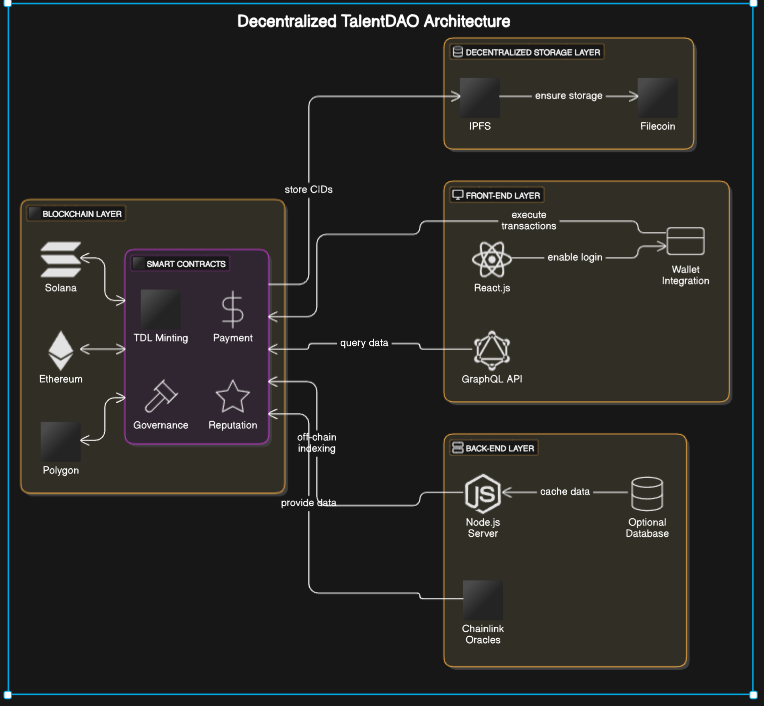Selling an Ebook Using Social Media
- Debapriya Mukherjee
- Dec 5, 2024
- 5 min read
Selling an ebook on social media requires a combination of strategy, targeting, and leveraging various platforms to maximize reach and engagement. Below is a detailed procedure that you can follow to successfully market and sell your ebook:

Step 1: Prepare Your Ebook for Sale
Before jumping into the social media marketing process, make sure your ebook is polished, ready, and easy to purchase. Here’s what you need to do:
Finalize the Content:
Proofread and edit the ebook for grammar, structure, and flow.
Design an attractive cover and format the ebook for different devices (ePub, PDF, Kindle).
Create a Sales Page:
Landing Page: Design a high-conversion landing page for your ebook using tools like WordPress, Leadpages, or ClickFunnels.
Sales Copy: Write a compelling sales copy that clearly outlines the value your ebook offers.
Call-to-Action (CTA): Have a strong CTA (e.g., "Buy Now" button).
Payment System: Use secure payment processors like PayPal, Stripe, Gumroad, or Sellfy to facilitate transactions.
Bonus Material: Offer bonuses like worksheets, templates, or related resources as incentives.
Determine Pricing and Promotions:
Choose a competitive price based on your target audience.
Plan promotional discounts, giveaways, or limited-time offers to create urgency.
Step 2: Build a Social Media Strategy
A solid social media strategy is crucial to promoting your ebook. This involves choosing the right platforms, creating a content calendar, and using effective promotional tactics.
Identify Your Target Audience:
Define your ideal readers by considering demographics, interests, and behaviors.
Analyze which social media platforms your target audience uses the most.
Select Social Media Platforms: Based on your ebook's niche, choose the platforms that best fit your target audience:
Instagram: Ideal for visual promotion, lifestyle niches, and engaging with influencers.
Facebook: Perfect for community building, creating events, and running ads.
LinkedIn: Best for professional and business-related ebooks.
Twitter: Great for real-time engagement and sharing short snippets from the ebook.
TikTok: Leverage short video content to engage a younger audience with teasers or behind-the-scenes looks.
Pinterest: Highly effective for visually attractive ebooks in niches like DIY, food, design, and lifestyle.
Create a Content Plan: Create a content calendar that includes daily or weekly posts, stories, and engagement activities across your chosen platforms. Content ideas can include:
Teasers: Share short excerpts, infographics, or visuals from the ebook.
Behind-the-Scenes: Give followers insight into the creation process.
User-Generated Content: Ask your audience to share how your ebook helps them and repost their testimonials.
Educational Content: Post valuable tips or advice related to your ebook topic to establish authority.
Set up Social Media Profiles: Optimize your social media profiles to drive sales.
Update your bio with a link to your ebook sales page.
Use a consistent brand image (profile picture, banner, and bio).
Pin posts about your ebook to the top of your profile.
Step 3: Content Creation and Engagement
Now it’s time to create engaging and shareable content to promote your ebook on social media.
Visual Content:
Design eye-catching graphics using tools like Canva or Adobe Spark.
Create videos (short teasers, live Q&A sessions, or promotional trailers).
Use GIFs and memes to make the content more relatable and fun.
Copywriting: Write engaging captions that resonate with your audience. Be sure to:
Include a clear CTA (e.g., "Get your copy now").
Use storytelling to make the content more relatable.
Create urgency by mentioning limited-time offers or bonuses.
Hashtags and Keywords: Research and use relevant hashtags on Instagram, Twitter, and TikTok to increase visibility. For SEO purposes, use the right keywords in posts and descriptions.
Influencer Marketing:
Partner with influencers or bloggers in your niche to promote your ebook to their audience.
Offer affiliate deals or free copies to influencers in exchange for a review or shoutout.
Step 4: Paid Advertising
If you have a budget for paid ads, running targeted campaigns on social media can boost ebook sales.
Facebook & Instagram Ads:
Create highly targeted ads based on interests, demographics, and behaviors of your audience.
Use carousel ads to showcase multiple aspects of your ebook.
Test different ad creatives (video, carousel, or static images) to see which performs best.
LinkedIn Ads: For business or career-related ebooks, LinkedIn ads can target professionals in specific industries.
TikTok and Pinterest Ads: Leverage these platforms if your audience is visually driven or younger. Use Pinterest Promoted Pins and TikTok in-feed ads to drive traffic to your sales page.
Google Ads: Run Google Display Ads to target readers searching for relevant keywords.
Retargeting Ads: Set up retargeting ads on Facebook and Instagram to reach people who have visited your sales page but haven’t made a purchase.
Step 5: Build and Engage Your Audience
Building a community around your ebook can keep sales steady over time. Here’s how to engage your audience:
Create a Facebook Group:
Start a group centered around your ebook’s theme or niche.
Share exclusive content and give group members early access to promotions.
Host Webinars or Live Sessions:
Use Facebook Live, Instagram Live, or YouTube to host webinars discussing your ebook topic.
Use these sessions to interact with your audience and answer questions in real time.
Email Marketing:
Build an email list by offering a free lead magnet (such as a sample chapter or checklist related to your ebook).
Send regular newsletters with exclusive discounts, sneak peeks, and valuable content to engage subscribers and increase sales.
Social Proof:
Ask your readers for reviews and testimonials to build credibility.
Share user feedback or social media posts from customers who have purchased your ebook.
Step 6: Launch and Post-Launch Strategy
A successful launch can drive early momentum and long-term sales.
Launch Countdown:
Build excitement with a countdown on your social platforms.
Post daily updates leading up to the launch, creating anticipation.
Offer pre-sale discounts or bonuses for early buyers.
Launch Day:
On the day of the launch, create a lot of buzz with live sessions, stories, and announcements.
Post frequently, using different content formats such as videos, behind-the-scenes images, and testimonials.
Run giveaways or contests to encourage engagement.
Post-Launch:
Continue promoting your ebook through regular content, testimonials, and sharing results or success stories.
Consider launching new campaigns or ads to target untapped segments.
Step 7: Analyze and Optimize
Regularly analyze the performance of your marketing efforts to ensure that you are getting the best return on investment.
Track Metrics: Use tools like:
Facebook/Instagram Insights.
Google Analytics.
Social media scheduling tools like Hootsuite or Buffer to track engagement rates, clicks, and conversions.
Optimize Campaigns:
If something isn’t working, tweak your ads, posts, or landing page copy.
Test different messaging, images, or CTA buttons to see what works best.
Engage with Feedback: Listen to your audience’s feedback on social media. This will help you improve your ebook, adjust your strategy, and build a loyal community.
Conclusion
Selling your ebook through social media involves a mix of organic and paid strategies, audience engagement, and content creation. By focusing on creating value for your audience and staying consistent with your efforts, you can build long-term success and maximize your ebook’s sales.



Comments